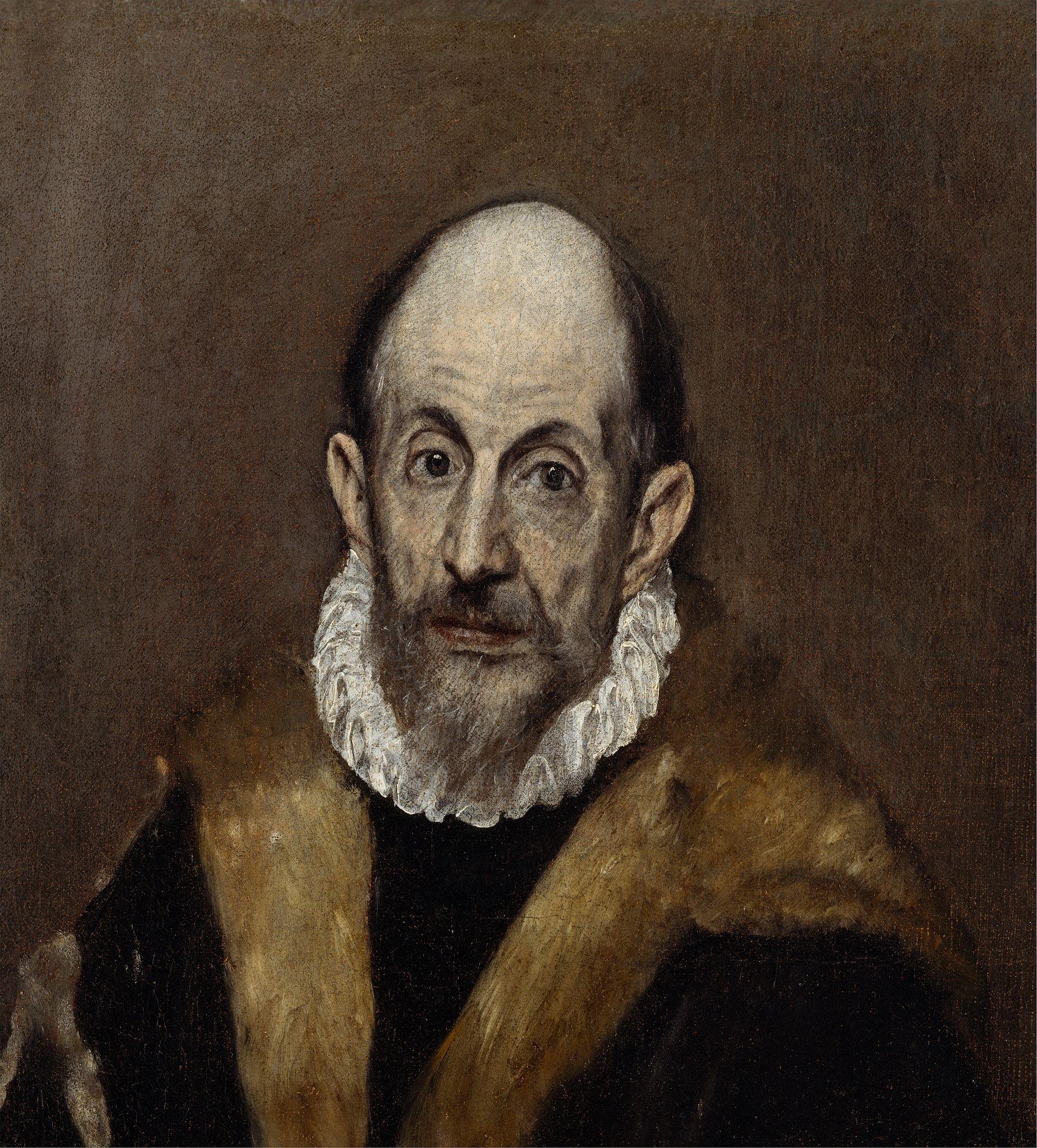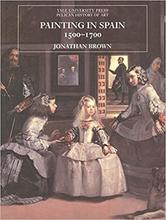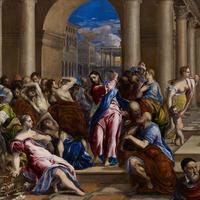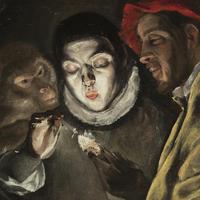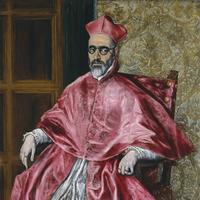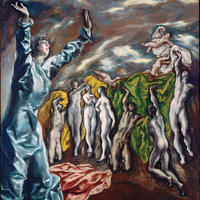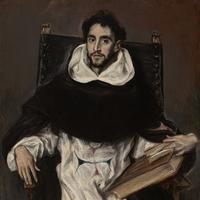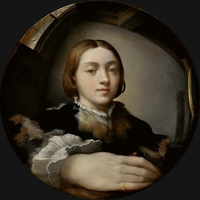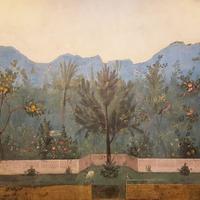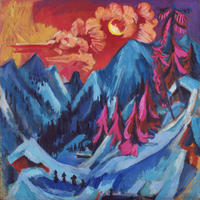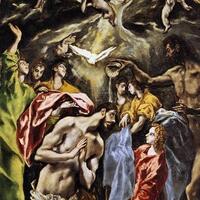More about El Greco
- All
- Info
- Shop

Contributor
If you have a name with "unique spelling" try being El Greco.
Spaniards have issues with names from other nationalities. S names become an ES name. Vs become Bs and let’s not even approach G or J names. Then they love pet names ranging lovingly from Feo (ugly) to Gordo (fat). But I don’t blame them for coming up with El Greco, the Greek. I mean really… Δομήνικος Θεοτοκόπουλος? Even put into arabics, Doménikos Theotokópoulos only seems a tad easier.
The Greek from Crete lived in Italy for a while, first Venice where he was a student of Tintoretto and Titian. Then he moved to Rome, but rumor has it, he pissed off/spoke ill of Mr. Popular-Do-No-Wrong-Ninja-Turtle-Michelangelo. Ostracized from the Italians, Spain saw an opportunity to acquire a talented painter and invited him over on the condition they could call him El Greco. (Not really, but I would've loved to see the attempts of introductions).
He centered himself in Toledo, not to be confused with TolEEdo, Ohio but Tolaado, Spain. Which, at the time, was actually the center of Spain – Not Madrid, which was just a wee little pueblo at the time. Toledo was a religious, thus governmental, center for a long time after the Reconquista in 1492 when Isabella (let’s be honest, Ferdinand was just King in name) kicked out the rest of those Moors … Time out for a history correction lesson: Yes there was a war, yes a lot of people died, and yes a lot of inhumane acts were committed. But in Toledo there was a Synagogue, a Mosque, and a butt load of churches. They were tolerant if you weren’t anyone important. Cause you know, Jews were the moneylenders and Muslims were the artisans. That does not exude tolerance but is an interesting fact left out.
Even though Greco was mainly commissioned by the church or rich patrons, he still found his own way to be expressive in a Religious and Renaissance time period. While Michelangelo was all muscle and body, Greco was all expression with long and lanky figures (though both can be seen as Mannerists – doesn’t Art History love their labels?). If an Art History class is taught by a Spaniard they LOVE to point out the influences Greco had on Picasso in his early years.
In all honesty, he is a unique moment in art during the time. He is not quite Byzantine, but not quite western either. He hides his portrait in some painting and hides clues in others. He pissed off whomever he wanted, including masters and the church (there was a dispute over a payment that the Big Church got angry about and never commissioned him again). But there is one thing true, he is definitely Greek.
Featured Content
Here is what Wikipedia says about El Greco
Doménikos Theotokópoulos (Greek: Δομήνικος Θεοτοκόπουλος,
IPA: [ðoˈminikos θeotoˈkopulos]; 1 October 1541 – 7 April 1614), most widely known as El Greco (
Spanish pronunciation: [el ˈgɾeko]; "The Greek"), was a Greek painter, sculptor and architect of the Spanish Renaissance. El Greco was a nickname, and the artist normally signed his paintings with his full birth name in Greek letters, often adding the word Κρής (Krḗs), which means "Cretan", in Ancient Greek.
El Greco was born in the Kingdom of Candia (modern Crete), which was at that time part of the Republic of Venice, Italy, and the center of Post-Byzantine art. He trained and became a master within that tradition before traveling at age 26 to Venice, as other Greek artists had done. In 1570, he moved to Rome, where he opened a workshop and executed a series of works. During his stay in Italy, El Greco enriched his style with elements of Mannerism and of the Venetian Renaissance taken from a number of great artists of the time, notably Tintoretto and Titian. In 1577, he moved to Toledo, Spain, where he lived and worked until his death. In Toledo, El Greco received several major commissions and produced his best-known paintings, such as View of Toledo and Opening of the Fifth Seal.
El Greco's dramatic and expressionistic style was met with puzzlement by his contemporaries but found appreciation by the 20th century. El Greco is regarded as a precursor of both Expressionism and Cubism, while his personality and works were a source of inspiration for poets and writers such as Rainer Maria Rilke and Nikos Kazantzakis. El Greco has been characterized by modern scholars as an artist so individual that he belongs to no conventional school. He is best known for tortuously elongated figures and often fantastic or phantasmagorical pigmentation, marrying Byzantine traditions with those of Western painting.
Check out the full Wikipedia article about El Greco

